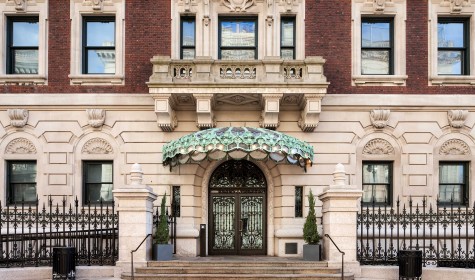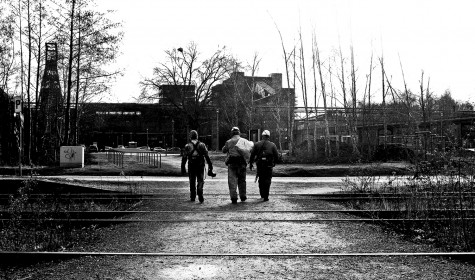Adding It Up
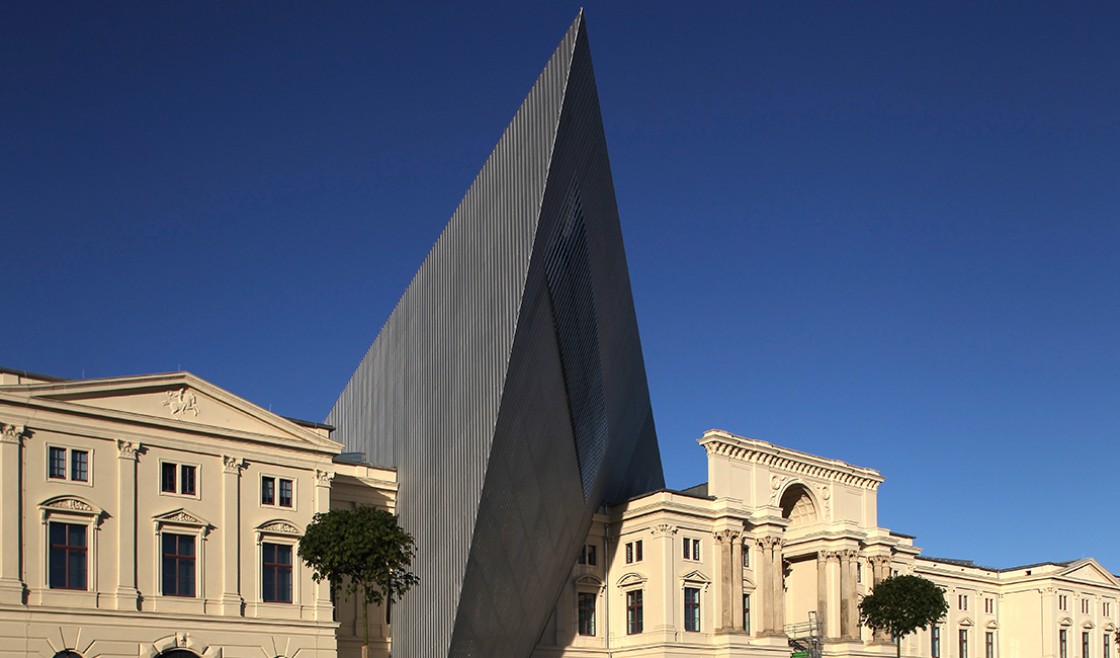
Adding to an existing building, compared with ground-up new construction, isn’t always so glamorous.
New construction tugs at our collective heartstrings within the profession, just as stereotypes of the visionary iconoclast dominate representations of the field in popular culture. Who among us, the thinking goes, wouldn’t choose a fresh start, a clean slate, the opportunity to manifest the purity of a single vision rather than mucking around with the work of predecessors? Depending on the project, adding to an existing building can even be thankless: conscientious, meticulous design work diminished to a historical footnote. But this phenomenon belies a more fundamental reality: contributing to cultural inheritance at the scale of an addition – designing with and within context at the most immediate level – has the capacity to be a uniquely vital and compelling endeavor. Adding to architecture is a contested act at the center of overlapping debates about ethics, style, and the role of design in managing change of the built environment. This introductory post seeks to frame some of the major issues and questions surrounding the theory of additions, with in-depth explorations of examples and case studies to follow in later posts.
Attitudes about Context
Admittedly, it is a question of degree as to what constitutes the kind of intervention that we’re talking about here, the kind that triggers such questions. But we might agree on this: unlike rehabilitation projects that limit themselves to the interior of an existing building, additions are unique in that they give unmistakable outward form (whether accidental or deliberate) to a set of attitudes about context. Additions are those interventions that break through the walls of the existing building and onto the public stage, making their design both a political act and a civic concern. And while there is no question that addition-making happens at a variety of scales, including the scale of entirely new infill buildings in landmark districts, the challenge of designing an addition to an existing building—particularly if it is a civic or cultural icon—is a unique one. The impact of the relationship is both immediate and inescapable. The attitudes about context articulated through the form and detail of an addition matter, particularly when they are expressed with such volubility (whether through size, scale, or prominence), that a new, significant voice emerges in the composition to create a combined expression of identity. An addition, by its nature, achieves an ill-defined but critical threshold of autonomy as an architectural project. Where one building once stood, we now have – almost – two.
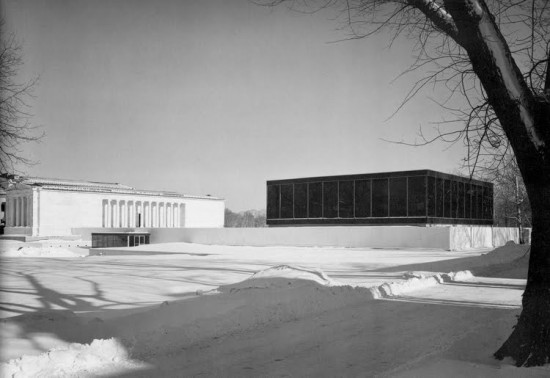
Albright-Knox Art Gallery, Buffalo, New York. Addition by Skidmore, Owings & Merrill, 1962.
This is where things can get a little uncomfortable: as a design act, adding has two masters. First, the addition owes, or should owe, something to the conservation discipline. Adding is essentially a preservation strategy, initiated in the service of sustaining or extending the functionality of an older building – renewal as an inoculation against the cruel indifference of time and the exigencies of the market. But if the long and complicated history of the addition reveals anything else, it is that the endeavor evidently owes something to the design discipline apart from notions of context. It is, after all, a kind of building. So as a typology of its own, what might be its governing theories? How do we begin to understand a type of project that exists largely on the margins of both architectural and conservation discourse, a type of project that is so frequently undertaken by designers, but so rarely discussed in terms all its own?
An Ostensibly “Modern” Problem
First, it must be said that the addition, in the way that we practitioners frame and discuss it, is uniquely a twentieth- and twenty-first-century problem, wholly of the modern, and now post-modern, era. Of course, additions have been affixed to existing structures ever since humans first remodeled the meanest dwelling; the urge to expand and adapt would appear to be a near-universal tendency. But while additions throughout history have typically expressed some strand of the predominant style of their era and thus reflected in some sense an architecture “of their time,” the arrival of Modernism created a unique set of conditions. The first has to do with abstraction being favored over ornament: ornament and related style – neoclassical or otherwise – had until the twentieth century been a means of relating additions to original buildings while establishing differences of cultural moment in other ways. The second condition has to do with the critical distance to all past styles that is inherent in the modernist approach. Overt ethical imperatives to differentiate new from old, or for an addition to above all explicitly express the architecture of its time— two of the main criteria by which we frame and judge additions today—are sensibilities with deep roots in modern theory. And it is for this reason that the addition continues to be ground zero in the enduring battles over style.
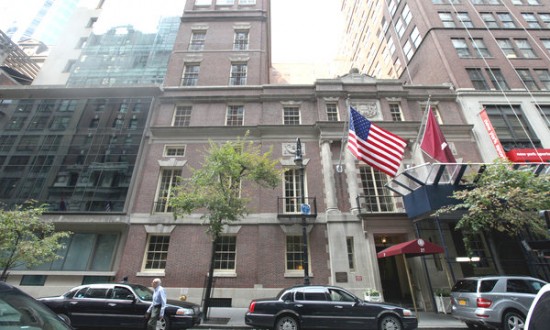
The Harvard Club of New York’s complex: the 1894 McKim, Mead and White original at right, the six-story tower from 1915 in the center, and Davis Brody Bond’s 2003 glass addition at left.
What do I mean by that? It’s only fair to first explain what I mean by Modernism in this context, but rather than attempting to synopsize the entire Modern Movement here, I will instead offer a set of values that undergird a modernist outlook and are alive and well today. As Tom Spector has put it in a way that has always appealed to me, these values are “an emphasis on maintaining a critical stance towards the styles that preceded [the movement], a belief in the transcendent power of the creative design solution, distrust of bourgeois conventions, an embrace of the new… and a predilection for regarding everything from a functionalist standpoint.”1
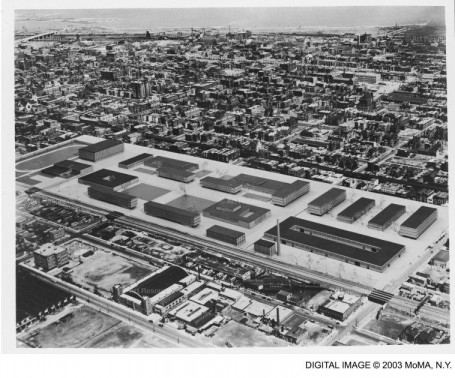
Photomontage – Mies van der Rohe’s master plan for the Illinois Institute of Technology campus.
Whether or not one chooses to define the current era as modern or postmodern, the inchoate popular skepticism that continues to dog the modernist aesthetic today—particularly modernism’s capacity to integrate with and enrich urban environments at the scale of the pedestrian or neighborhood (especially when compared to preceding vernacular styles)—is brought into razor-sharp focus at the scale of an addition to a single building. And when the existing building is one of some cultural value, the emotional stakes are raised even further. If the public debates that surface with each new proposed addition offer a broader lesson, it is that the field cannot afford to presume that the rationale behind its ethical frameworks and conventions are self-evident to its wider audience. We owe someone (and maybe ourselves) something of an explanation.
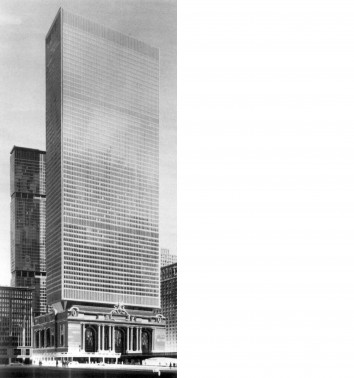
Photomontage - Marcel Breuer’s 1968 Addition Proposal for Grand Central Terminal. The Pan Am Building (completed 1963) is visible in the background to the left.
Limits in Relating
Here’s a brief example to illustrate: in the midst of the 1980’s controversy over Michael Graves’ proposed addition to the Whitney Museum of American Art, Paul Goldberger (then the New York Times’ architecture critic) proffered that any contemporary addition to the neo-expressionist landmark should be given up as a bad job. The only expedient resolution, he wrote, would be to construct a limestone, “Beaux-Arts-style” building next-door: in this sleight of hand, Marcel Breuer’s 1966 structure would look like a modernist addition, stridently differentiated and indifferent to its (ersatz) neighbor.2
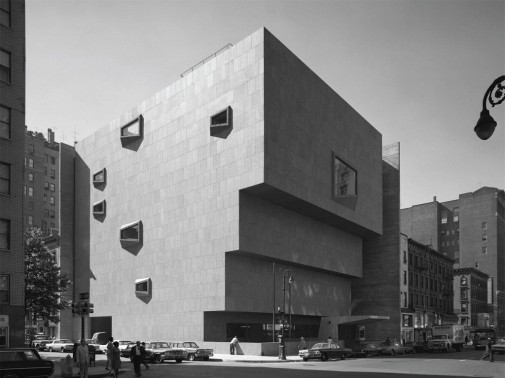
Marcel Breuer’s Whitney Museum of American Art (1966)
Intentional or not, Goldberger’s perverse suggestion had hit upon a telling insight: it’s not a stretch to think that these assumed roles might have been read literally. They matched the public’s low expectations regarding the practical limits of modernism to relate to context. It was an unfair hypothetical, but if Breuer had been charged with adding to a preexisting institution already on the site, as Goldberger was plainly suggesting, would the result have looked so different? (I should mention here that the Whitney is one of my favorite buildings.) Whether addition or stand-alone building, much mid-century architecture appeared unconcerned with much beyond autonomy as an artistic work.
Prior to modernism, practically every stylistic language going back at least as far as Ancient Greece was viewed as eligible for application or inspiration. Expressions of authorship and era in the design of additions were often a more sophisticated matter, and in the right hands, the combined work had little trouble achieving composite form with depth and subtlety. The prevailing view since World War II (postmodern historicism notwithstanding) has been that it is ethically irresponsible to mine past styles in any but the most abstracted ways. This makes the endeavor much tougher. In numerous cases, mid-century designers of additions – who had plenty to say on the imperative of maintaining an image of contrast –had little to offer in the end beyond what amounted to a one-liner technique of inartful juxtaposition. It must be asked: If collage, rather than fully integrated composite form, is the highest formal aspiration of the exercise, what are its limits? And to what degree does juxtaposition (which by its nature will enliven the new) serve the interests of the “old,” the historic portion of the combined work?
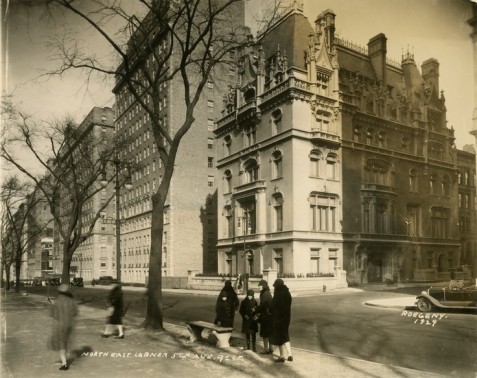
The Warburg House (1908) at 92nd and Fifth Avenue, home of the Jewish Museum, New York, since 1947.
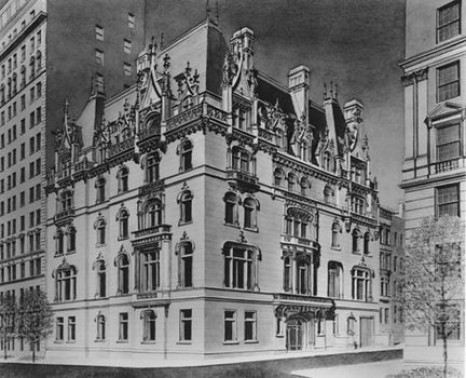
Paul Byard’s evidence for “the risk of confusion” and “undermining by imitation” he saw as inherent in the postmodern historicist and neo-traditional approach to additions: a rendering of the Jewish Museum after the completion of Kevin Roche’s addition, completed in 1993 (new portion to left).
The Emergence of Preservation Theory
As I conclude, a brief word on preservation. Coincident with these currents in interwar and postwar American architecture, historic preservation—that is, where it existed outside the field of architecture—was rapidly transforming from its long-standing basis as the avocation of a passionate (but largely untrained) few into both an academic discipline and an increasingly scientific profession. For this it owed much to parallel advances in art conservation science and theory. But unlike art conservation, historic preservation was also a broad and long-standing land-use and social reform movement, and as such had a starkly different constituency: for starters, how many amateur art conservators do you know?
To the public, the notion of a newly-professionalized historic preservation field now acquiescent to—or even somehow aligned with—willful aesthetic iconoclasm (even if historic fabric itself was safeguarded) probed a tender area: the disjunction between the conservative impulses that have long buoyed preservation’s “grassroots” on the one hand, and the developments that led to its legitimation as a field of theory and practice on the other. Meanwhile, the widespread use of urban renewal in the postwar era – which, as a bureaucratic tool of aggressive land redevelopment was nonetheless distinct from the design and planning rubric of modernism – posed the greatest threat to the historic and social fabric of neighborhoods in cities and towns across the U.S. While many architects, designers, and planners mourned these losses, the public could not help but notice that the new buildings which replaced cherished vernacular environs were in the prevailing Modernist style. The complicity seemed apparent.
Conclusion
All of this has set the stage for the fundamental preservation dilemma at the heart of the addition project: Is a historic building, along with all the factors that contribute to its significance, better stewarded by an addition that extends and reinforces its specific character (style or otherwise), or do we protect the integrity and authenticity of the original (design, material, etc.) by making the hand of subsequent intervention and the passage of time clearly legible? What does all that mean in practice? And what is the impact of these approaches at the scale of neighborhoods and cities? While that initial question of extension versus differentiation could prove to be a false dichotomy, how additions ought to look relative to their context, or what they should “do” for heritage, are matters that extend well beyond the protection of material culture as that task has typically been framed. How we agree on what constitutes enhancement, disfigurement, or derivative design has broad implications for nothing less than the consensus narrative of architectural history and the means by which we sustain the vitality and essence of valued historic environs — how we, in effect, preserve. And that matters.
